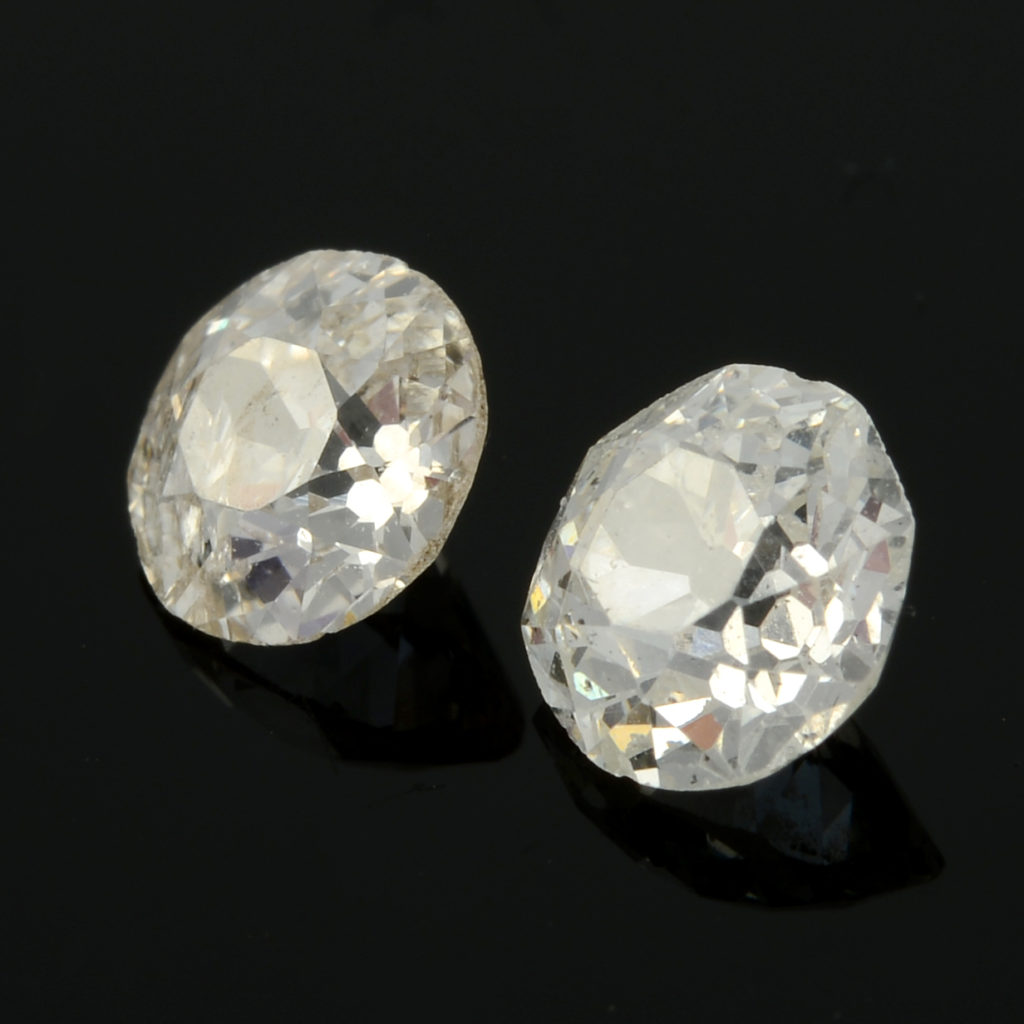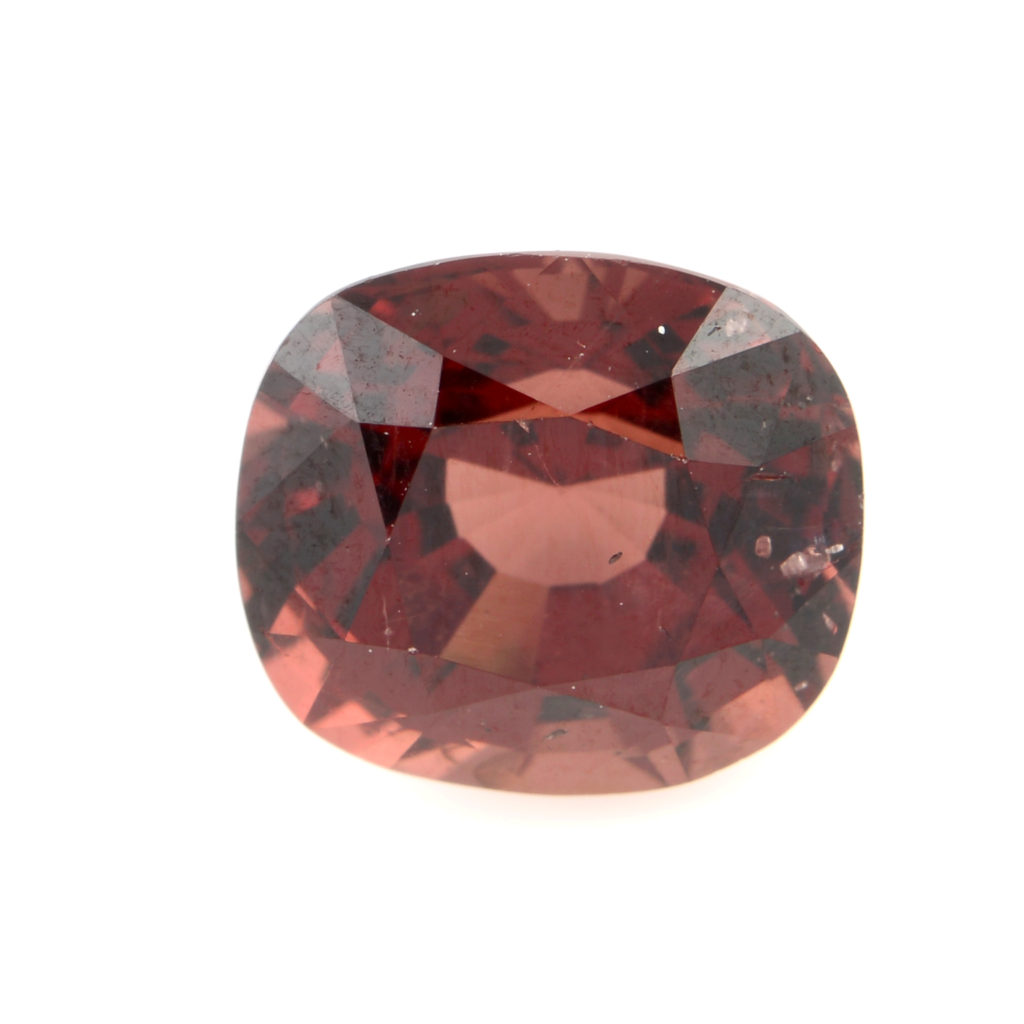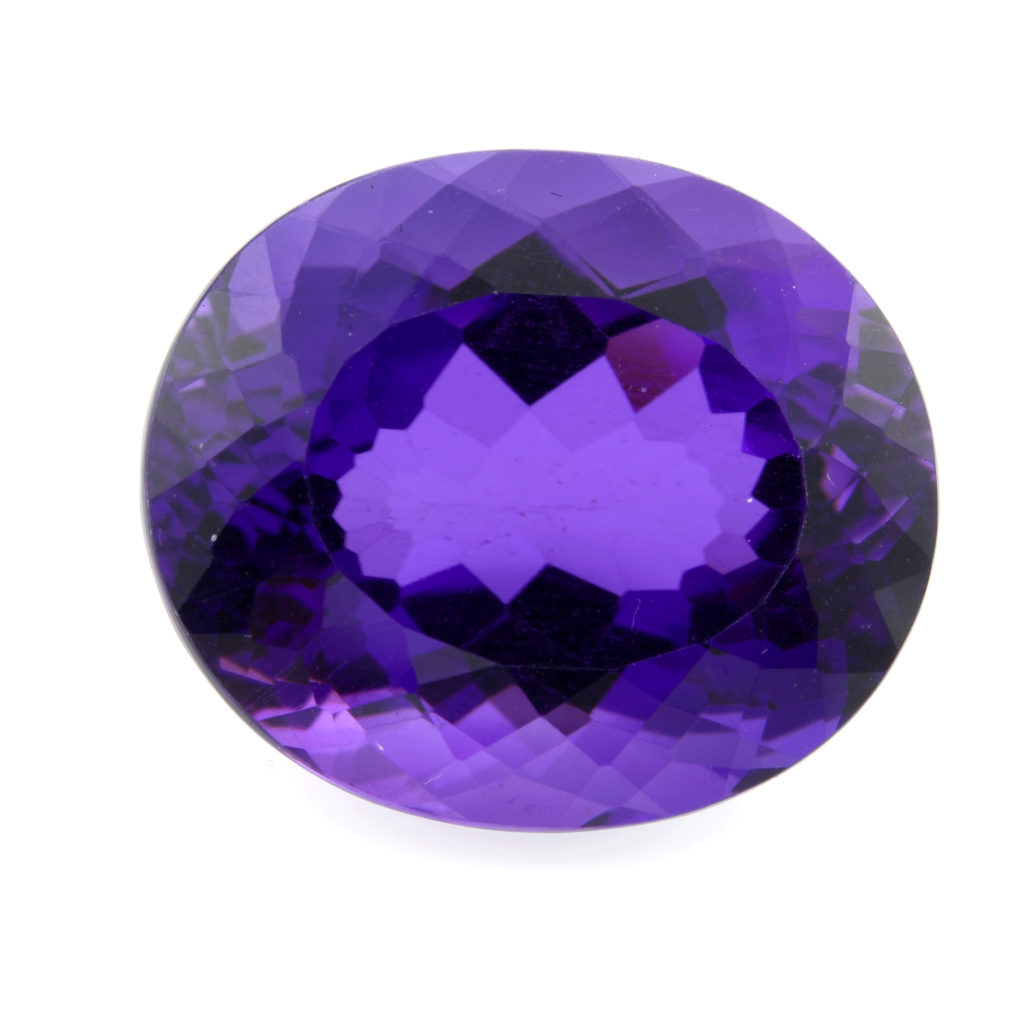In the run-up to Halloween, we thought we'd do something a bit different. In this blog, we look at some haunted gemstones and the ghost stories that surround them. If you're not one for the ghost stories, and you prefer your jewellery and gems to be 'curse free', we're also happy to oblige (we're very versatile here at Fellows!). For each story, we've picked some non-haunted alternatives from our upcoming gemstone auctions. Guaranteed no ghosts.
Haunted Gemstones 1: 'The Hope Diamond'
Now housed by the Smithsonian, the Hope Diamond is a huge 45.52cts, and a stunning dark greyish blue. It is undeniably a beautiful stone. In fact, its enormous size has actually helped gemmologists uncover new information about the formation of diamonds.
The earliest records of this diamond show that Jean-Baptiste Tavernier acquired it in 1666 and named it the Tavernier Blue. In this form, it weighed a huge 112 3/16 French carats. Under this original name, it was sold to Louis XIV of France who included it as part of the French Crown Jewels.
In 1775 the court jeweler re-cut the diamond into the smaller 68cts French Blue. Shortly after, during the French Revolution, it was stolen. The stone didn't reappear again until 1839, being listed as in possession by the Hope family, in the 45cts form we now know.
The story of the curse begins with the stone being stolen from a statue of Sita, the Hindu goddess. It is said that those who now own the stone are fated to bad luck, its owners facing gory ends. The French Royal family, for example, met a frightening demise. Prince Ivan Kanitovski supposedly bought the diamond but was soon killed by a Russian revolutionist. Kanitovski had also loaned it to Mile Ladue who was reportedly murdered by her fiance. Even the original owner, Tavernier, is said to have been attacked by wild dogs in Constantinople after bringing the stone to Paris.
While it is now widely accepted that the story of the curse was fabricated by Pierre Cartier, it still makes for a thrilling tale. If you would like a diamond, without the misfortune might I suggest...
Haunted Gemstones 2: 'The Black Prince's Ruby'
Although it is called a ruby, this impressive stone is actually a cabochon red spinel. If you watched the coronation of King Charles III it is likely you would recognise the stone as it sits at the front of the Imperial State Crown. It was one of the oldest parts of the Crown Jewels, with a history dating back to the 14th century. It has been in the English royal family since 1367 when it was owned by its namesake - Edward of Woodstock. But, this stone had a history before it was in British hands.
The first recorded owner of this stone was Prince Abu Sa'id of Granada. However, it was stolen by Don Pedro the Cruel of Seville. King Don Pedro was in the process of invading Granada and taking over. Supposedly, Abu Sa'id was planning on surrendering and so Don Pedro invited him to discuss the terms of his surrender. Instead, Don Pedro tricked him and murdered him.
When searching through Abu Sa'id's possessions, Don Pedro found the stone - apparently the size of an egg. It's said that it was this cruel murder that triggered the curse that followed Don Pedro. Shortly after, his brother, Henry of Trastamara declared war on him. As Don Pedro was allied with Edward of Woodstock, he gave him the stone as payment for his support against his brother. It was then that the stone came to England.
We have both rubies and red spinels in our gemstone sale, although we would strongly advise against invading Granada to get your hands on one.
Haunted Gemstones 3: 'The Delhi Purple Sapphire'
The final stone is the Delhi Purple Sapphire. And it is a bit of a fraud. It is not a sapphire, instead, it is an amethyst. Unlike other 'cursed' gems, this one does trigger accidental deaths - instead, it brings misfortune, bad luck, and sorrow.
This stone dates back to India,1857. The country was full of unrest due to an uprising against the British. Although suppressed, many temples and palaces had been looted. It was during this looting that a British soldier - W. Ferris, stole the amethyst from the Temple of Indra in Kanpur.
When W. Ferris brought the stone back to England he faced many financial problems. At first, Ferris blamed himself. But, shortly after many of his relatives fell ill, leading him to blame the gem. In order to try and evade his misfortune he gave the stone to Edward Heron-Allen, who was also the last person to own the stone before it was given to the Natural History Museum.
Heron-Allen didn't have much better luck with the amethyst. It is reported he claimed the stone was 'trebly cursed', 'stained with blood and dishonour'. In desperation, Heron-Allen threw the stone into Regent's Canal. The stone was eventually dredged from the canal and given to a jeweller. Amazingly, it was the same jeweller who had once set the stone for Heron-Allen, and in an attempt to reunite the stone with its one-time owner, he took the stone back to Heron-Allen. At a loss for what to do, Heron-Allen locked it away in seven boxes, each with lucky charms in between. It was kept locked up until it fell into possession of the museum.
Hopefully, these purple stones might bring you better luck:
Valuations
Our valuations are free, with no obligation to sell with us. Our experts will value your item with an estimate, so you can find out what it could achieve at auction.
The process is simple. You can fill in a form online or book an appointment to visit either of our offices in Birmingham or London. Virtual valuation appointments are also available.
Find what you're looking for
Make sure you don’t miss finding that special something by signing up to our email alerts. You’ll be the first to know when catalogues become available, receive invitations to special events and preview the hottest lots from our auctions, plus much more.
Why not use our free personal shopping service? Sign up for lot alerts and tell us exactly what you are looking for. Each time we upload a catalogue, we search for your keywords and email you lots matching your interests. Your personalised email will include images, lot descriptions and auction details.


















